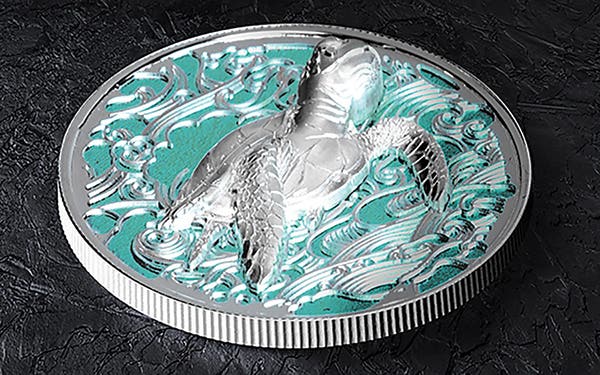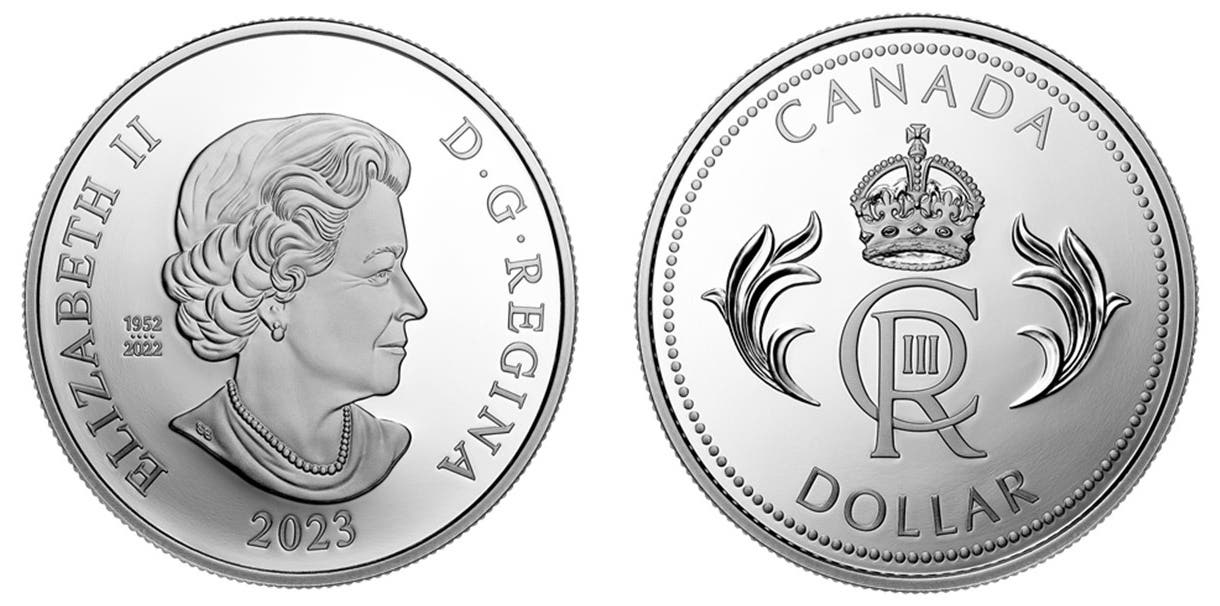African Tribal Coinage – Part II
African Tribal Coinage From JFV Coins Phase Two – Branching Out Good Will With Tribal Coin Issues In last months posting about the current African Tribal coinage being produced by Jorge Fernandez…
African Tribal Coinage From JFV Coins
Phase Two - Branching Out
Good Will With Tribal Coin Issues
In last months posting about the current African Tribal coinage being produced by Jorge Fernandez Vidal of JFV Coins, we covered the issues struck for the Hunger Aid and Development Foundation (HADEF) Program.
In addition to his work with HADEF, Vidal has also branched out to strike commemorative coins for more Tribes in other parts of Africa. For these issues he has shared substantial portions of the profit with local charity projects in the areas the Tribes inhabit. A worthy dual goal, to bring Tribal awareness to numismatists, while helping to strengthen the Tribes ability to survive and thrive in their own territories.
In 2008 JFV Coins struck several issues for a number of Tribes in Senegal, The Gambia, Guinea-Bissau and Burkina Faso. Keep reading if you want to find out why Vidal has concentrated his efforts on West African Tribes. With all of these issues a significant part of the proceeds will be given to local charity groups in hopes of building better resources for the Tribes in these regions.
An issue of three coins for L' ile de Syppo located off the Sine Saloum Delta in southern Senegal was undertaken in 2008. The island is home to a small village ruled by Madame Toure who is featured on the obverse of the coins. Syppo is one of the smallest Kingdoms you are ever going to come across and these are the only coins issued in its name. The reverse of the Syppo pieces illustrates a traditional form of money; the Cauri shell and the coins are denominated as Deux Cauri.
Only two coins were struck for the Ncham Tribe, located in The Gambia. The Ncham issues do not feature a ruler, as the Ncham villages are governed by groups of elders from the aristocratic caste. In total, the Ncham Tribe numbers only about 1,000 members. Their language is Bassari and they are closely related to the Bassari people of South East Senegal.
Education takes a far back seat with the Ncham, as their community is based on farming and it takes all hands to keep up with the crops and livestock. There are several Non-Governmental Organizations or NGO’s working to try to improve life for the Ncham Tribe, but funding has been quite limited. Vidal hopes that by donating a significant portion of the proceeds from this coin issue to local charity projects he can improve the quality of Ncham life.
Burkina Faso has had coins issued in its name in the past, but the small Kanjaga tribe, located in Burkina Faso had its first coins issued through JFV Coins in 2008. Two coins were struck, each denominated as 5 Kebu. Both coins use the same dies, as is the practice with most of the JFV Coin sets, but different metals are used for the planchets. The building displayed on the Kanjaga coins is a Mosque typical of those found throughout the West African region.
Again, a significant portion of the proceeds from the coin sales will be given to local charity projects to help this farming community to improve its economic conditions. Kanjaga farmers normally raise sorghum and millet to feed and support their extended households and that can be a tough existence.
The Kingdom of Kabrousse is one of the largest groups that Vidal’s coin projects have attempted to benefit. Kabrousse is located in southern Senegal near the boarder with Guinea-Bissau in a moderate sized village with about 6,000 inhabitants. Six coins were issued by Vidal for Kabrousse, three denominated Un Cauri and three denominated Moitie (1/2) Cauri.
The region has had a history of resistance, first to French Colonial rule and later to Socialist rule. Aline Sitoe Diatta; the best-known and most respected heroine of French colonial resistance is featured on the obverse of the Un Cauri coins. The Moitie Cauri coins display a traditional Cauri shell. All six coins host the flag of Senegal in color enamel.
The Haal Tribe is spread out over a large area in West Africa. Nearly 2,000 Haal tribesmen live in The Gambia, Guinea-Bissau and Senegal. The Haal speak Kassanga, maintain their traditions and ancestral religion and have very limited contact with Europeans. You may have noticed however, that the conjoined busts featured on the Haal coins are wearing European clothing. That’s because these are Vidal’s grandparents, who lived in Africa for a time. The Haal Chief agreed that this would be an appropriate honoring for Vidal’s ancestors. So you see, Vidal’s interest in West Africa comes through family tradition.
Vidal issued three coins for the Haal Tribe, each denominated 10 Denga. Much of the proceeds from sales of these coins will go to West African charity groups working in the areas the Haals’ inhabit, not to change their way of life, but to improve their ability to sustain themselves independently.
A Bold Example for Numismatic Production
The JFV Coins approach to honoring and supporting economic development in African Tribes is a new and honorable concept for numismatics. It provides great new unusual coins for those of us who like to learn about the world through our collecting, while helping to promote the well being of the traditional inhabitants of Africa. Tribal coinages may not have official government sanction, but I would ask the question; “Who gave Europeans the right to establish arbitrary countries with meaningless boarders on this continent anyway?”
The same can be said of the North American Continent and our own United States, as well as many other parts of our globe. So my attitude is, live and let live. Allow a wide definition of what may be a proper coin. Leave some room for fantasy issues among the official types. Have a place in numismatics for Tribal coins alongside government issues. The more coins the merrier.
Vidal’s HADEF and other charity driven coin projects put a kind face on the coin hobby. It’s nice to see a coin producer thinking of a special use for profits rather than pursuing them aimlessly.








